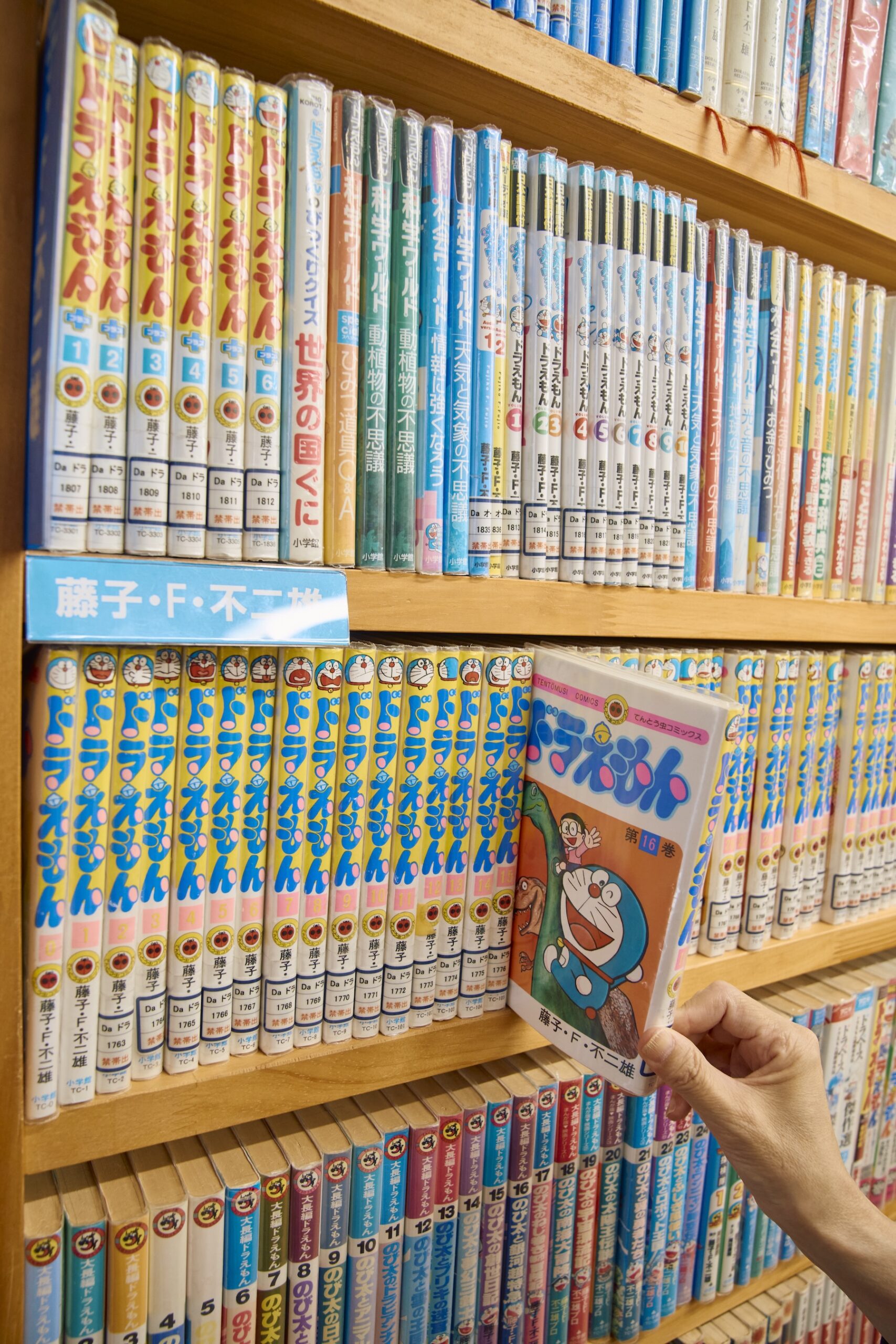CATEGORY
AREA
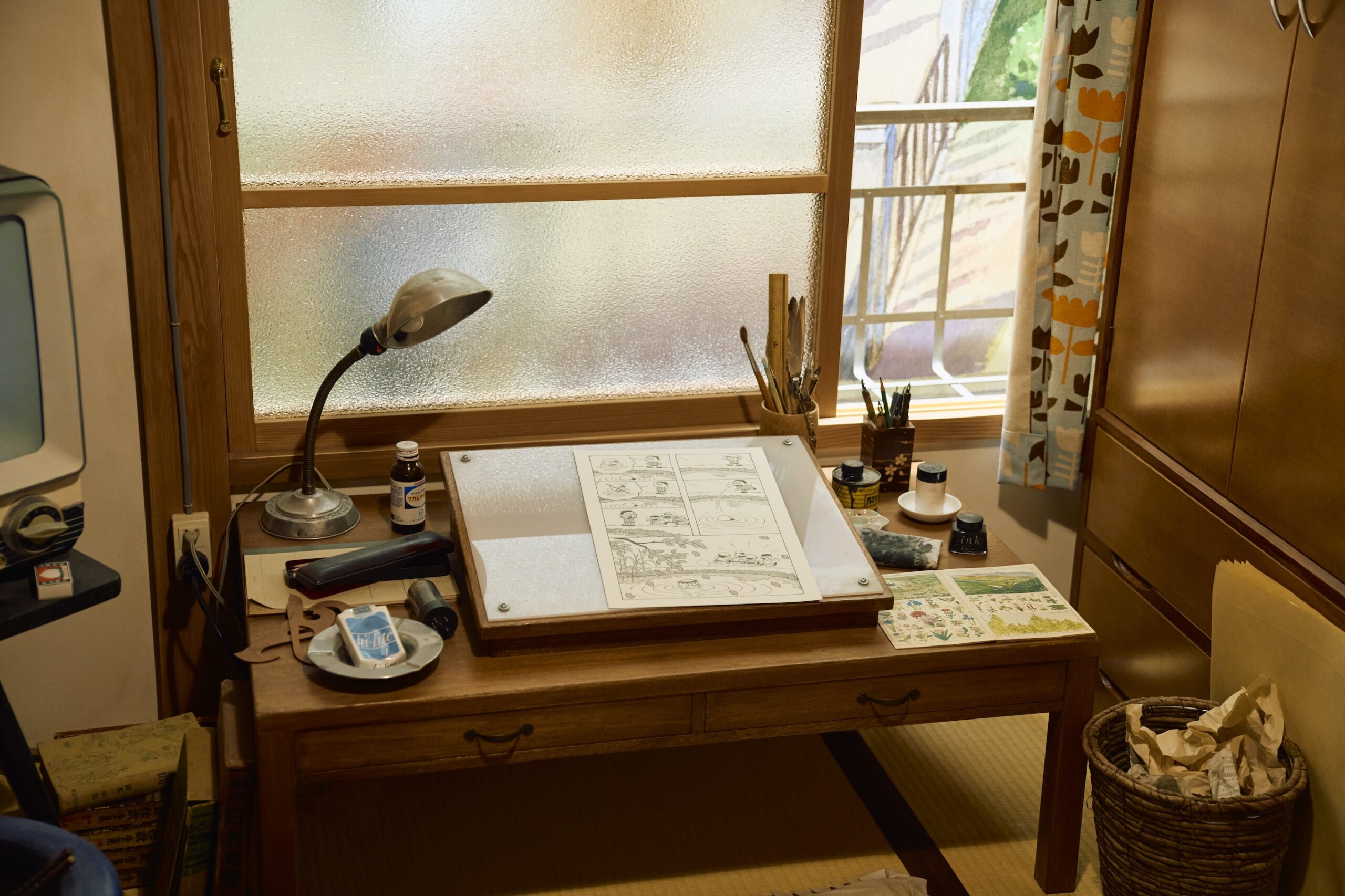
2025.09.06
The Holy Land Where Japan's Manga Gods Spent Their Youth!
 Nearest Station
Nearest Station
”Toshima City Tokiwaso Manga Museum” is a cultural facility that recreates the legendary apartment building where Japan's manga masters, including Osamu Tezuka (creator of "Astro Boy"), spent their formative years. Through exhibits that let visitors experience the daily lives of manga artists from that era, along with manga displays and special exhibitions, the museum carries forward manga and anime culture to the next generation.
The apartment building known as Tokiwaso, which once stood in Shiina-machi (now Minami-Nagasaki) in Toshima Ward, was home to world-renowned manga legends from the 1950s to 1960s. These included Osamu Tezuka, famous for "Astro Boy"; Fujio Akatsuka, creator of "The Genius Bakabon"; Shotaro Ishinomori of "Cyborg 009" fame; Fujiko F. Fujio, who gave us "Doraemon"; and Fujiko Fujio A, known for "Ninja Hattori-kun."
Due to deterioration, the original building was demolished in December 1982. However, responding to passionate requests from local residents and manga enthusiasts, a near-life-size museum recreation was built in 2020 in Minami-Nagasaki Hanasaki Park, close to the original site. The interior faithfully recreates the original Tokiwaso down to the smallest details, based on surviving photographs and interviews with people who knew the building in its heyday.
Admission is required for the entire museum during special exhibitions.
While reservations are prioritized, same-day entry is possible when capacity allows. Visitors must remove their shoes at the entrance, so wearing socks is mandatory. Some exhibits prohibit photography, so be sure to check the museum guidelines.
Standing before the museum, you can feel the authentic atmosphere of a real apartment building.
The Tokiwaso Manga Museum faithfully recreates the rooms where manga artists once lived. Rooms 18, 19, and 20 are particularly special, reconstructed based on floor plans drawn by the artists themselves, offering intimate glimpses into their individual lifestyles. Though these manga artists were technically rivals, they would help each other meet deadlines and go to movies together during their free time, creating bonds that still resonate today. Spending time examining these rooms closely, you can almost hear the sounds of daily life and the laughter of the manga artists echoing through time.
Hideko Mizuno came to Tokyo with just one wicker suitcase and stayed for only seven months.
Room 20 belonged to Tokuo Yokota, who aspired to become a manga artist alongside Fujio Akatsuka. Akatsuka's mother took care of Yokota's meals and laundry as well. The room features fascinating items that reveal the lifestyle of the Showa era, including television and stereo equipment.
The recreated building, designed to represent Tokiwaso after about 10 years of use, offers an authentic experience of Japanese wooden apartments from the 1920s and 1930s. While the exterior looks exactly like a period wooden apartment, it's actually constructed with steel frames. To maintain the wooden appearance, the steel framework is hidden between the inner and outer walls in a double-wall structure. Additional touches include recreating the characteristic "creaking" sounds of the stairs and using "aging" techniques to show the worn appearance of the kitchen and toilet facilities. Every detail is filled with Showa-era authenticity.
The museum also features panels introducing episodes about the manga artists, helping visitors understand their daily lives. Be sure to pay attention to these fine details and immerse yourself in an atmosphere that feels like stepping back in time to Showa-era Japan.
The stairs leading to the second-floor exhibit creak with every step. While maintaining safety standards, even the sounds are faithfully recreated.
The first floor features a manga lounge displaying manga and books related to Tokiwaso. While visitors can't handle the books directly, it's a special space where manga fans can see precious works up close. The museum also displays a ceiling board on which Osamu Tezuka drew illustrations just before Tokiwaso's demolition. Photography is prohibited, so you'll need to visit in person to see it. Additionally, the first-floor special exhibition room hosts rotating displays and events related to manga and anime, making it worthwhile to time your visit around exhibitions of particular interest.
Photo courtesy: Toshima City Tokiwaso Manga Museum
[INFORMATION
From August 2, 2025 (Saturday) through November 24, 2025 (Monday, holiday), this special exhibition introduces the themes of "the preciousness of life" and "the wonder of nature" that Osamu Tezuka consistently advocated in his works. The exhibition displays approximately 110 pages of handwritten manuscripts from his representative essay, “Save The Glass Earth: A Message for the Children of the 21st Century”.Don't miss the special admission gift button badge!
If the museum sparks your interest in the works of Tokiwaso's manga artists, visit Tokiwaso Manga Station, about a 7-minute walk along Tokiwaso Street from the museum. The facility houses approximately 6,000 books related to Tokiwaso. You can read works by Tokiwaso manga artists and precious publications for free, including Osamu Tezuka's "Phoenix" and reprints of "Manga Shonen," the magazine where Tezuka serialized "Jungle Emperor" and other works (50-minute sessions with turnover). After learning about the manga artists' personalities and the roots of Japanese manga at the museum, you'll be able to immerse yourself even more deeply in the world of manga!
Tokiwaso Manga Station
2-3-3-3 Minami-Nagasaki, Toshima-ku, Tokyo
Visitors can freely read their favorite manga inside the store.
The information contained this article was correct as of 09/06/2025 (the time of publication)
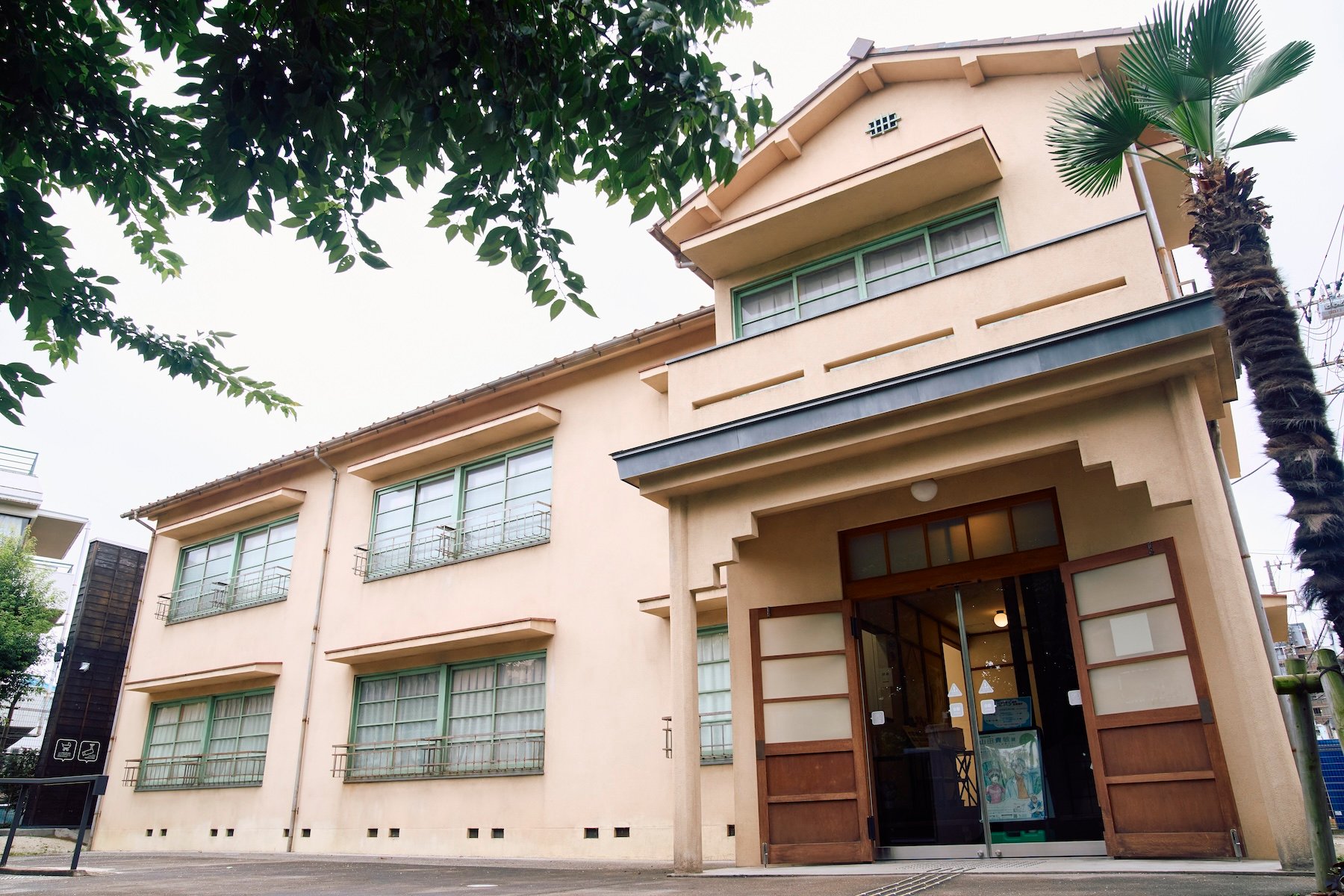
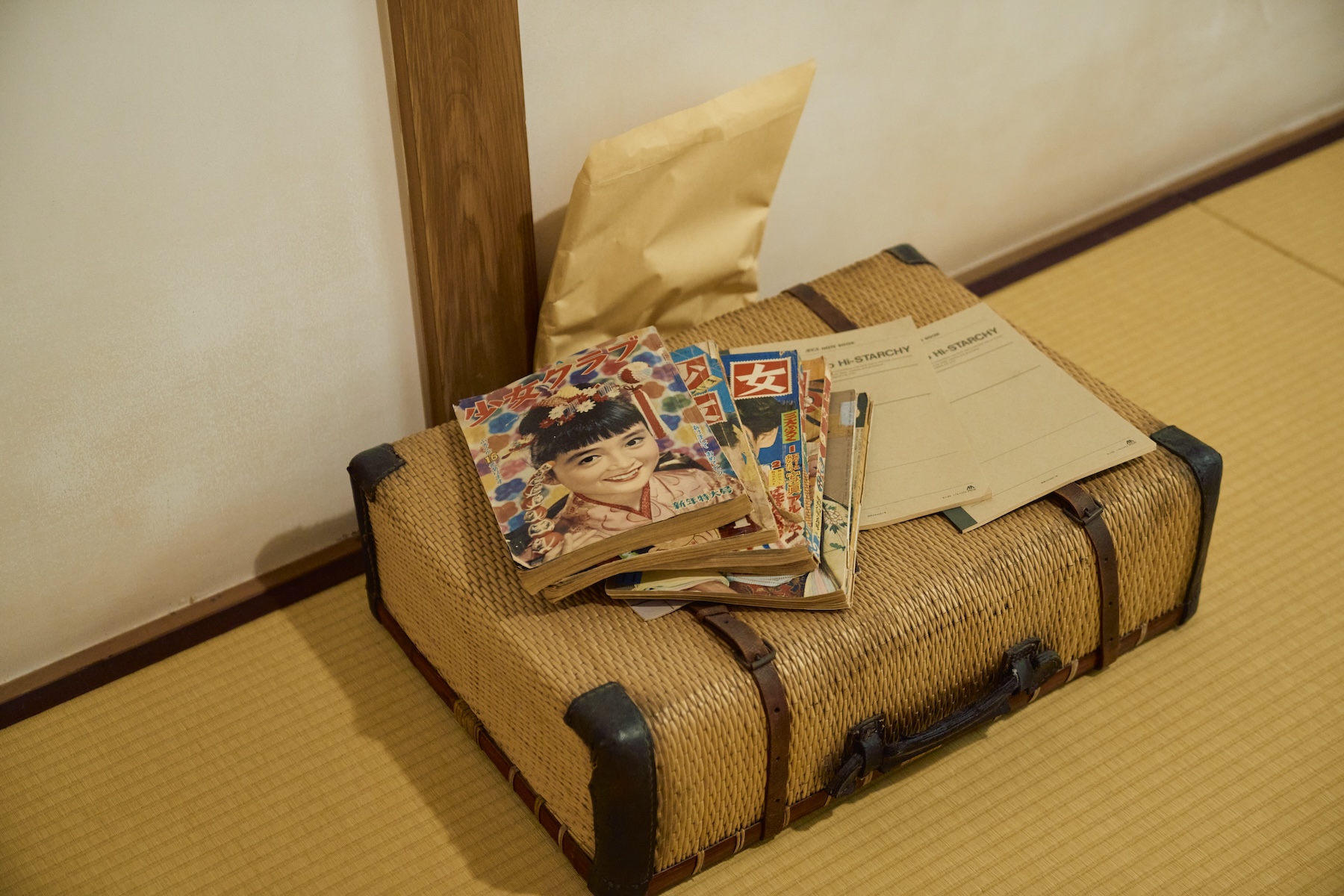
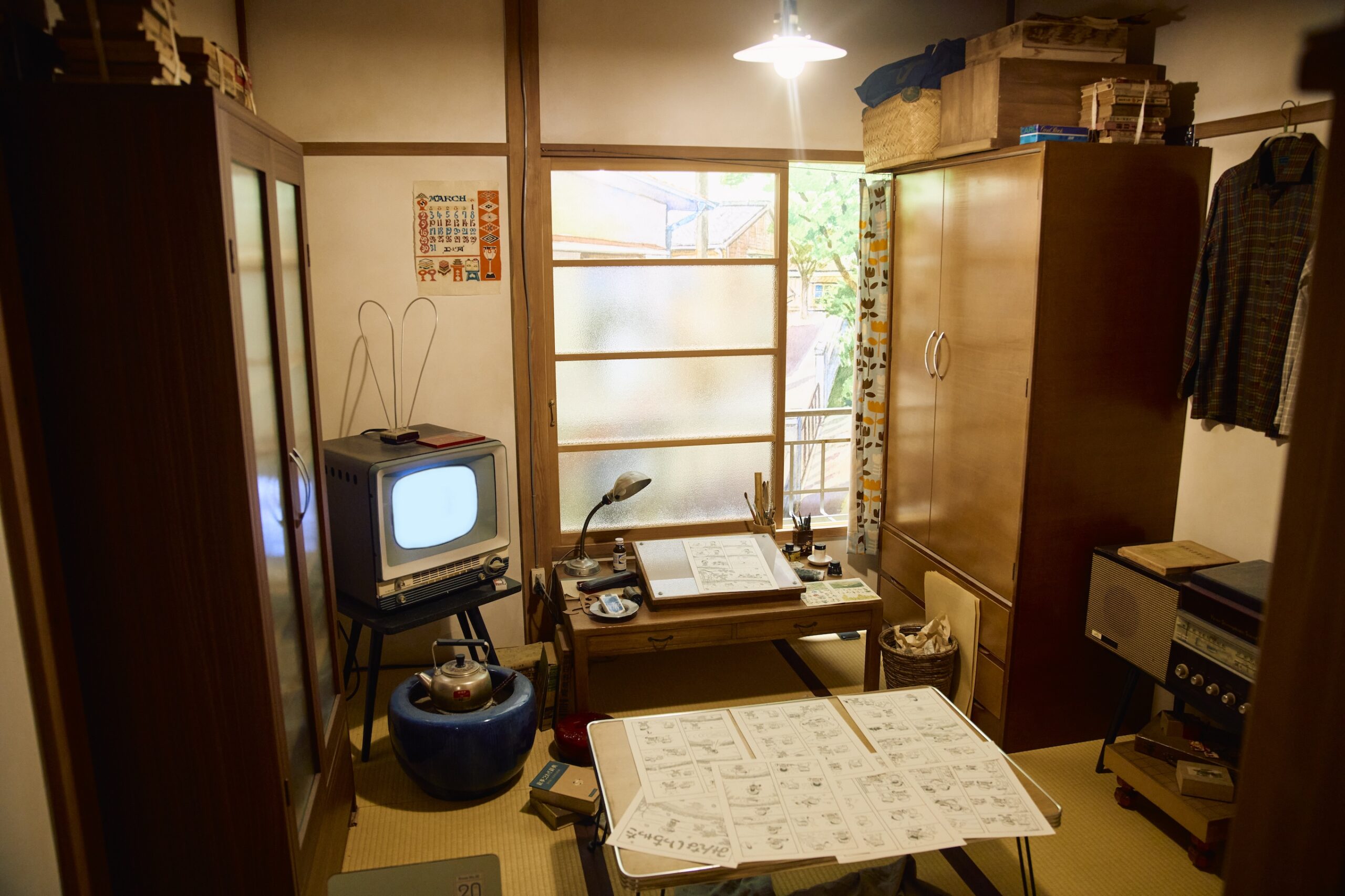
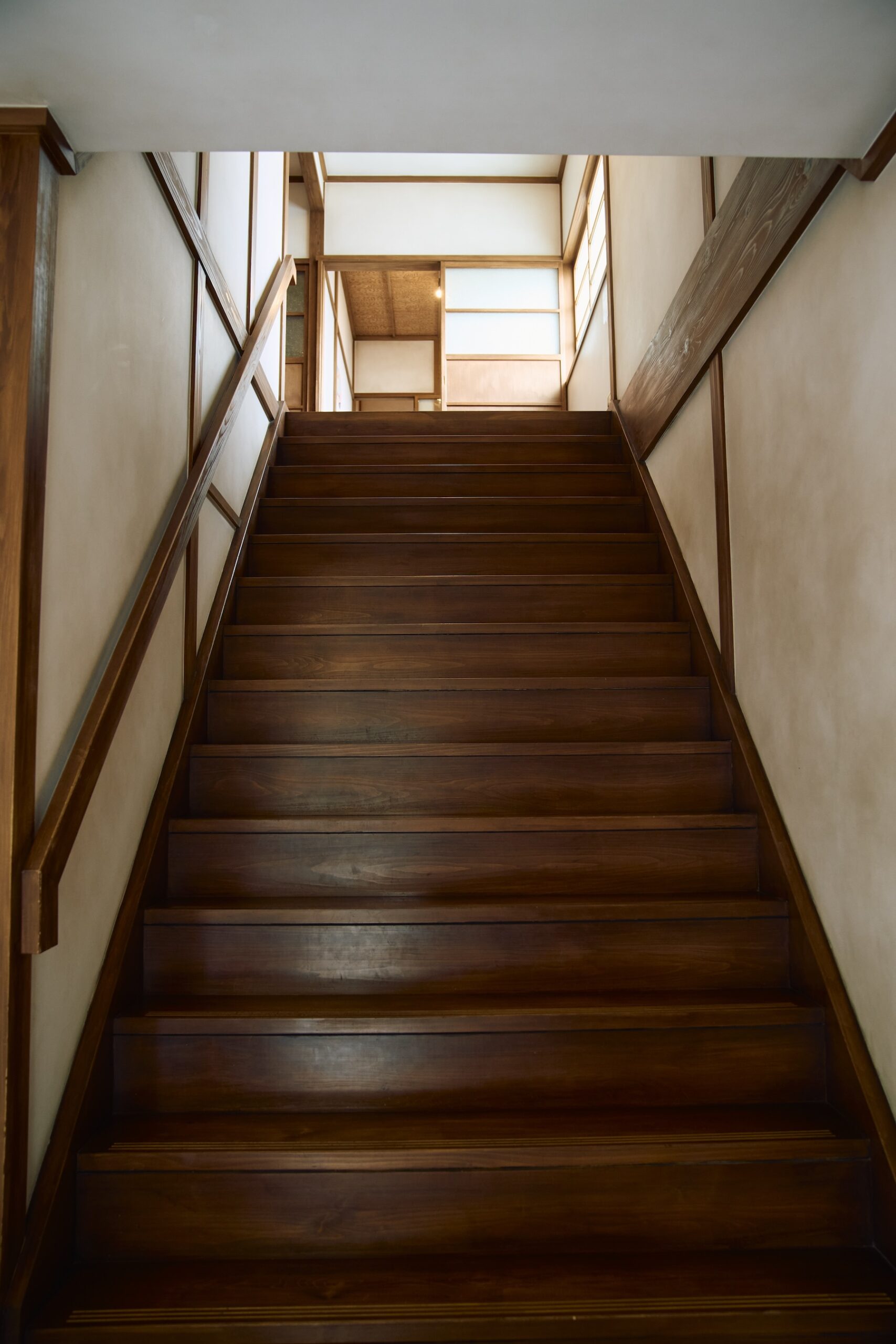
-scaled.jpg)
